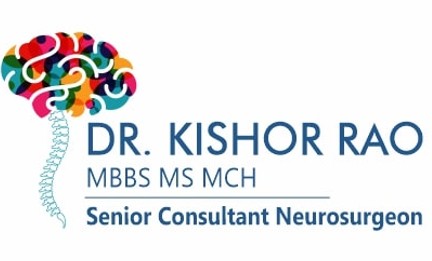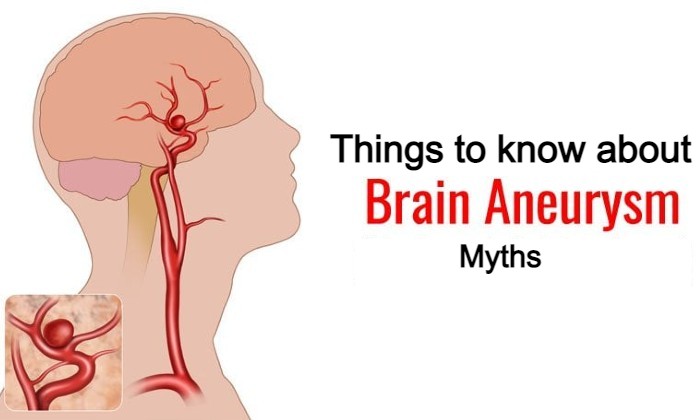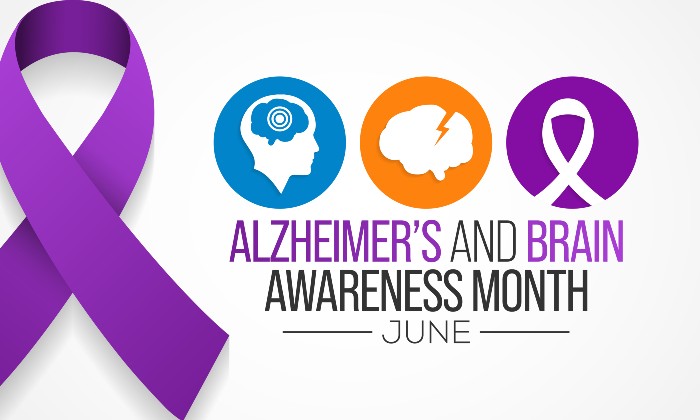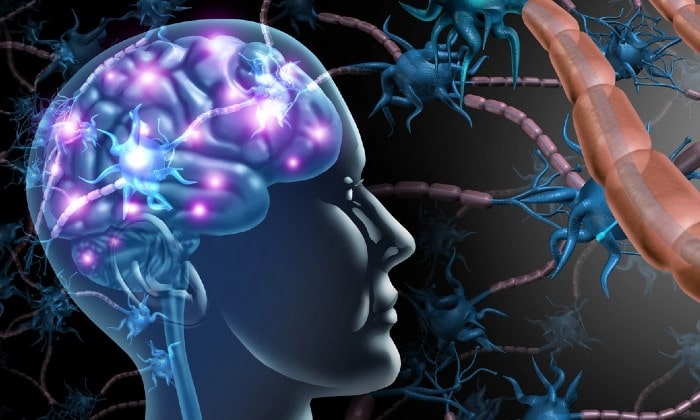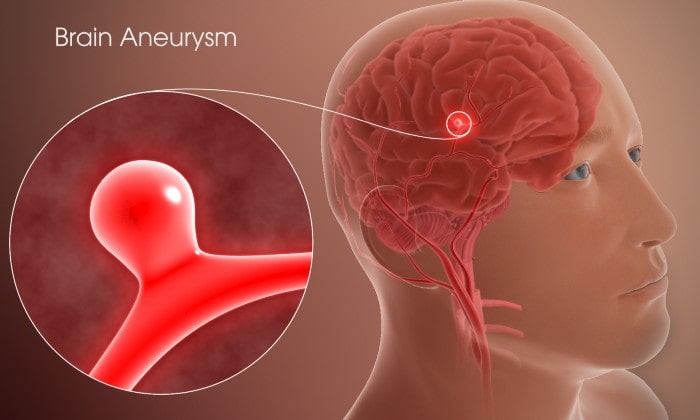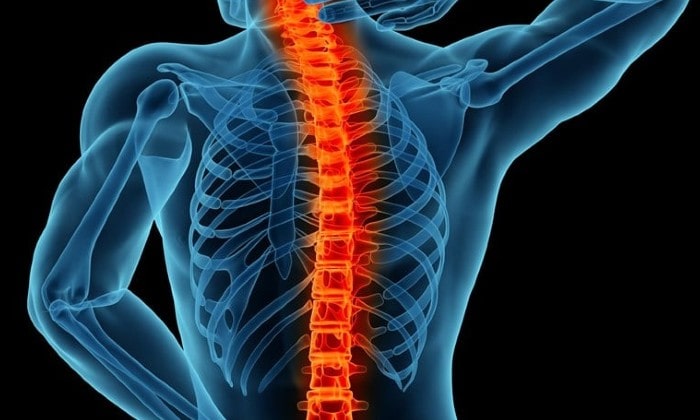Things to know about Brain Aneurysm Myths
A brain aneurysm is a defect of an artery where a spot in the artery wall in the brain bulges and fills with blood. A brain aneurysm is also known as an intracranial aneurysm or cerebral aneurysm. A brain aneurysm is possibly life-threatening and can affect a person of any age. When a brain aneurysm ruptures or bursts, it is an emergency that may lead to brain damage, stroke, and even death if not treated immediately.
Researchers estimate that 1 out of 50 people have an unruptured brain aneurysm. Brain aneurysms, also called cerebral brain aneurysms, are weak spots in a blood vessel in your brain.
The force of blood against the weak spot causes the vessel to bulge. If the aneurysm ruptures, it is a serious medical emergency. The neurology specialist Dr. Kishore Rao is skilled at diagnosing and treating aneurysms with interventional neurosurgery even before they rupture.
Unfortunately, there are many myths surrounding this condition. Let us see the myths and facts about brain aneurysms.
Myth #1: Aneurysms appear out of nowhere
Fact: Brain aneurysms can develop slowly over time. It's possible to have an unruptured aneurysm for years. However, there are some warning signs to identify the presence of a cerebral aneurysm.
Unruptured aneurysm signs include:
- Double vision or blurry vision
- Droopy eyelid
- Dilated pupil
- Weakness
- Pain behind one eye
Ruptured aneurysm signs include:
- Headache (often described as "the worst headache of your life")
- Droopy eyelid
- Stiff neck
- Pain
- Confusion
- Weakness
- Loss of consciousness
- Sensitivity to light
- Seizure
Myth #2: A ruptured aneurysm is always fatal
Fact: About half of all ruptured aneurysms are fatal. While ruptured aneurysms are a serious medical emergency, they aren't always fatal. Emergency medical attention can dramatically improve your conditions and odds of patient survival.
Myth #3: Cerebral aneurysms only affect women
Fact: Cerebral aneurysms don't just affect women. However, women over 55 are more likely to have an aneurysm than men. Interestingly, pediatric brain aneurysms are more common in boys than girls.
Myth #4: You cannot cure an aneurysm
Fact: Aneurysm can be treated. Your treatment approach depends upon the rupture's size, progression, and location. A ruptured aneurysm requires emergency surgery to stop excess bleeding in your brain.
We perform traditional aneurysm clipping and minimally invasive techniques to cut off blood flow to the affected artery.
If your aneurysm hasn't ruptured yet, you may benefit from interventional neurosurgery in which we stop brain aneurysms from bulging out to the point where they rupture.
Myth #5: You can't prevent aneurysms
Fact: You can take steps to reduce your risk of developing an aneurysm. Like many conditions, that are risk factors you can control and some you can't.
Risk factors in your control include smoking, excessive drinking, weight, and untreated hypertension. You can't control risk factors, including age, gender, race, abnormal artery walls, or underlying medical conditions like Marfan syndrome.
Myth #6: You have no clarity between a stroke and a ruptured brain aneurysm
Fact: This is partially true. Strokes and ruptured brain aneurysms share many symptoms, including pain, confusion, and vision issues. However, aneurysm symptoms can develop slowly (especially if it hasn't ruptured), but stroke symptoms come on quickly. Both conditions are medical emergencies.
Treatment:
Once ruptured, the patient requires immediate admission to an ICU and evaluation regarding the presence and location of the aneurysm. Based on this evaluation and the patient's clinical condition, a decision is taken regarding treatment. The primary goal of treatment is the exclusion of the aneurysm from the circulation. This can be done by one of two methods – surgical (clipping of the aneurysm) or endovascular (via coils).
Looking for the Best Brain Aneurysm Treatment Doctors in Bangalore? Contact Us Contact us: 99016 21100 www.drkishoreneuro.com
A ruptured aneurysm quickly becomes life-threatening and requires prompt medical treatment.
Most brain aneurysms, however, don't rupture, create health problems, or cause symptoms. Such aneurysms are often detected during tests for other conditions.
Treatment for an unruptured brain aneurysm may be appropriate in some cases and may prevent a rupture in the future.
Talk with your health care provider to ensure you understand the best options for your specific needs.
